Market Growth Projections
The Global E Glass Fiber Yarn Roving Market Industry is projected to experience substantial growth over the coming years. With an estimated market value of 10.1 USD Billion in 2024, the industry is set to expand significantly, potentially reaching 18.8 USD Billion by 2035. This growth trajectory indicates a compound annual growth rate (CAGR) of 5.8% from 2025 to 2035. Such projections reflect the increasing adoption of E glass fiber yarn roving across various sectors, driven by its advantageous properties and the rising demand for lightweight, durable materials.
Rising Construction Activities
The construction sector is a pivotal driver for the Global E Glass Fiber Yarn Roving Market Industry, as the material is increasingly used in reinforcing concrete and other building materials. The growing trend towards sustainable construction practices is leading to a heightened demand for composite materials that offer superior strength and durability. E glass fiber yarn roving is particularly valued for its lightweight properties and resistance to corrosion, making it an ideal choice for modern construction projects. As urbanization accelerates globally, the construction industry's reliance on E glass fiber yarn roving is expected to bolster market growth significantly.
Expansion of Aerospace Industry
The aerospace sector is emerging as a crucial market for E glass fiber yarn roving, driven by the need for lightweight and high-strength materials in aircraft manufacturing. The Global E Glass Fiber Yarn Roving Market Industry is likely to benefit from the increasing focus on fuel efficiency and performance in aviation. E glass fiber yarn roving is utilized in various components, including fuselage and wing structures, where weight reduction is essential. As the aerospace industry continues to expand, the demand for advanced composite materials, including E glass fiber yarn roving, is expected to rise, further contributing to the market's growth.
Increasing Demand in Automotive Sector
The automotive industry is witnessing a notable surge in the adoption of lightweight materials, which positions the Global E Glass Fiber Yarn Roving Market Industry favorably. E glass fiber yarn roving is increasingly utilized in manufacturing composite materials for vehicle components, enhancing fuel efficiency and performance. As the automotive sector aims to reduce weight and improve sustainability, the demand for E glass fiber yarn roving is projected to rise. This trend is reflected in the market's anticipated growth, with a valuation of 10.1 USD Billion in 2024, potentially reaching 18.8 USD Billion by 2035, indicating a robust CAGR of 5.8% from 2025 to 2035.
Growth in Renewable Energy Applications
The Global E Glass Fiber Yarn Roving Market Industry is experiencing a significant boost due to the increasing utilization of composite materials in renewable energy applications, particularly in wind energy. Wind turbine blades, which require lightweight and durable materials, often incorporate E glass fiber yarn roving to enhance structural integrity and performance. As countries globally invest in renewable energy infrastructure, the demand for E glass fiber yarn roving is likely to expand. This shift towards sustainable energy solutions not only supports environmental goals but also drives market growth, aligning with the projected increase in market value over the next decade.
Technological Advancements in Manufacturing
Technological innovations in the production of E glass fiber yarn roving are enhancing efficiency and quality, thereby propelling the Global E Glass Fiber Yarn Roving Market Industry forward. Advanced manufacturing techniques, such as automated weaving and improved resin systems, are enabling manufacturers to produce higher-quality roving with better performance characteristics. These advancements not only reduce production costs but also improve the material's applicability across various industries, including construction and aerospace. As these technologies continue to evolve, they are expected to contribute significantly to the market's growth trajectory, aligning with the overall upward trend in demand.


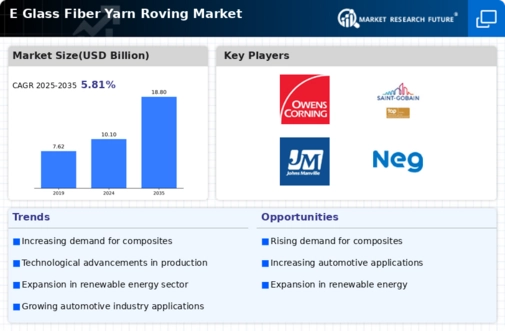
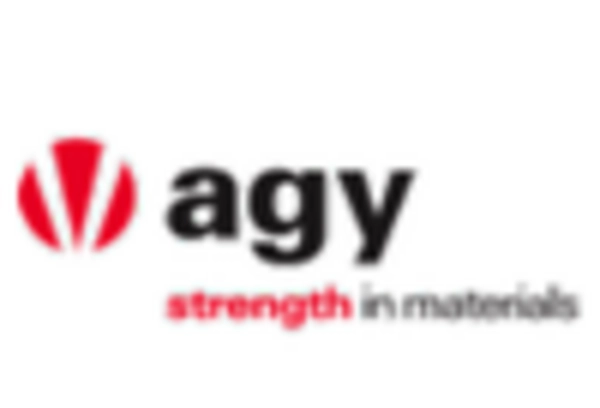
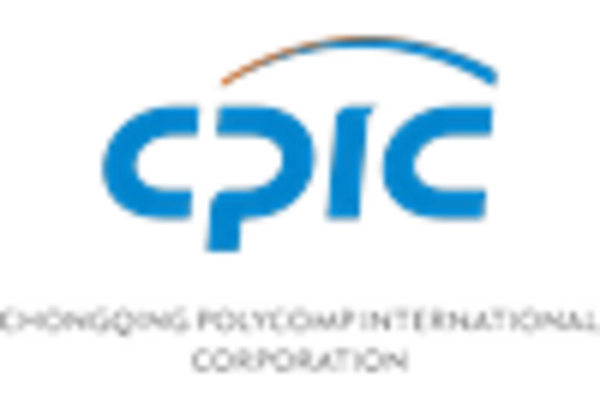
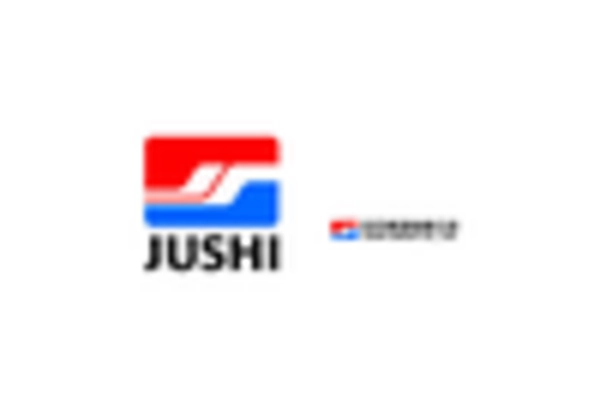
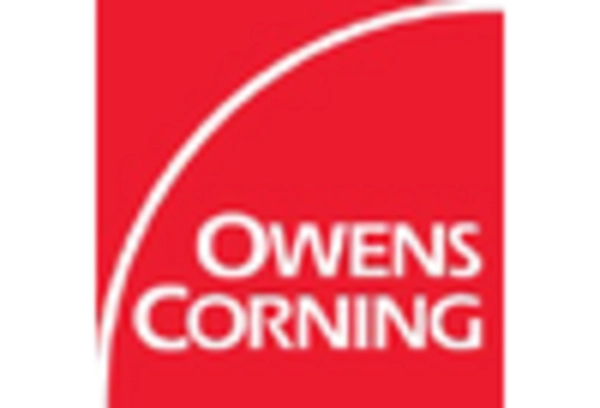
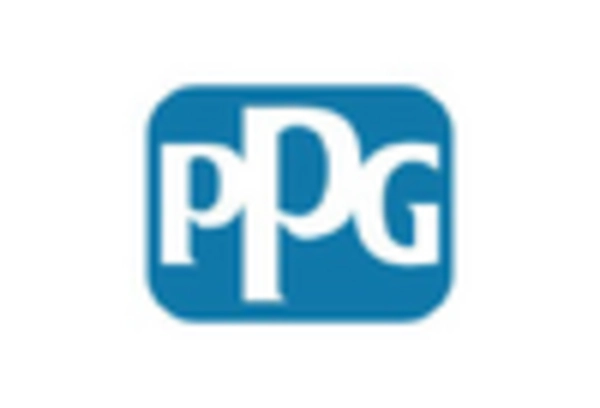









Leave a Comment